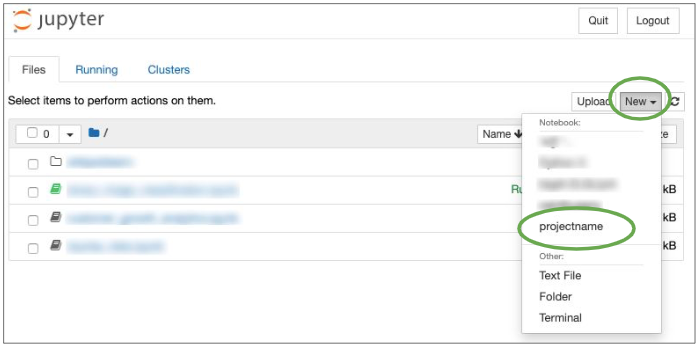

Pyenv works on macOS and Linux, but not Windows (except inside the Windows Subsystem for Linux). This article aims at giving a quick introduction to pyenv and pyenv-virtualenv, as well as describing how one can easily create new kernels of virtual environments in Jupyter.
#Install jupyter notebook in virtualenv install
At the prompt, type: pip install jupyter notebook. Ours just happens to be named vrequests from some prior Python Requests tutorials. In your terminal, navigate to the root directory of the virtual environment you’ll use.

We are going to use Ipykernel to link our virtual environment to Jupyter so that we can easily use that environment in a notebook. If unfamiliar, first go ahead and set up a python virtual environment, then get it activated. With pyenv-virtualenv it can also be used together with virtualenv to create isolated development environments for different projects with different dependencies.įor example, if some of the projects you are working on requires Tensorflow 1.15, while your system's Python is of version 3.8, you must find some ways to install Python 3.7 in order to work on your project, as Tensorflow 1.15 can only be run in Python 3.5 to Python 3.7. Jupyter notebooks are an interactive environment where you can write and execute Python code, as well as add markdown cells to explain your methods and code. That is why pyenv becomes very handy for Python developers, as it lets you switch between different Python versions easily. It is common that the different projects you are working on depend on different versions of Python.


 0 kommentar(er)
0 kommentar(er)
